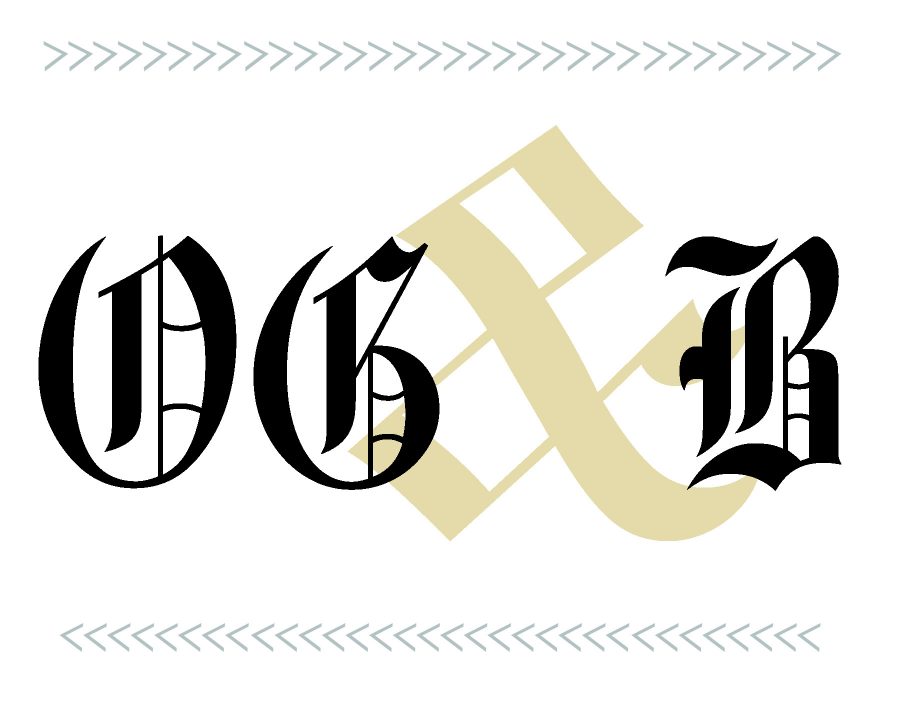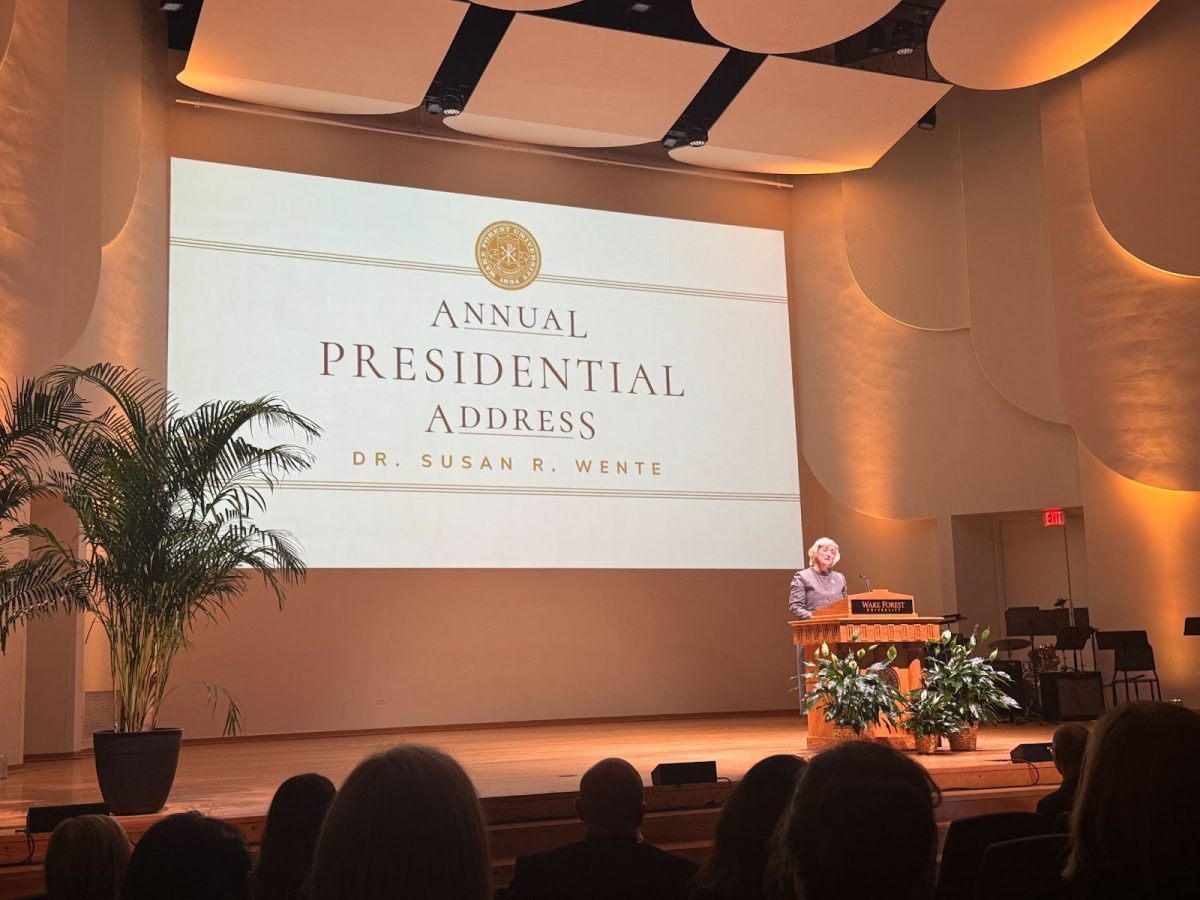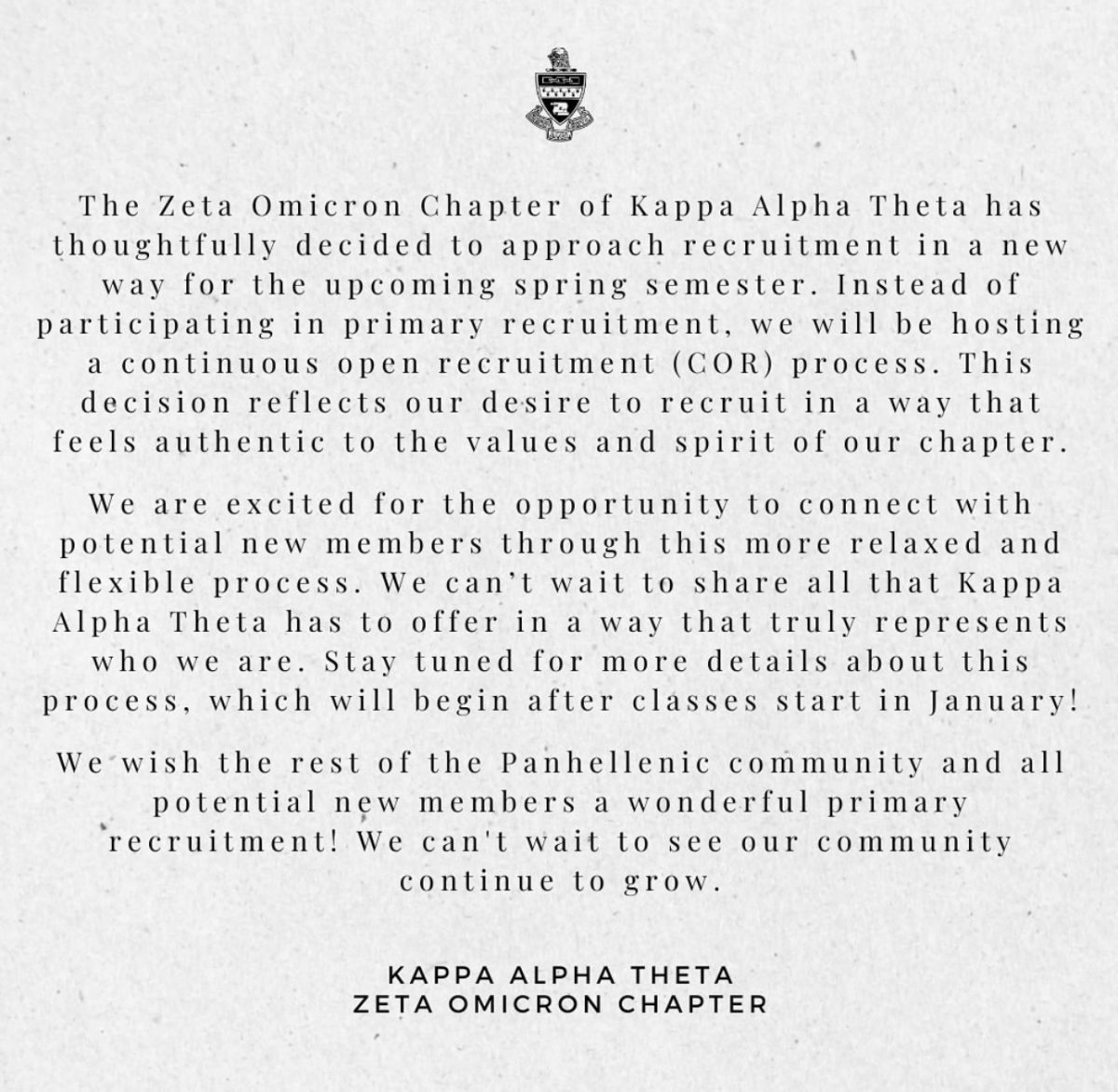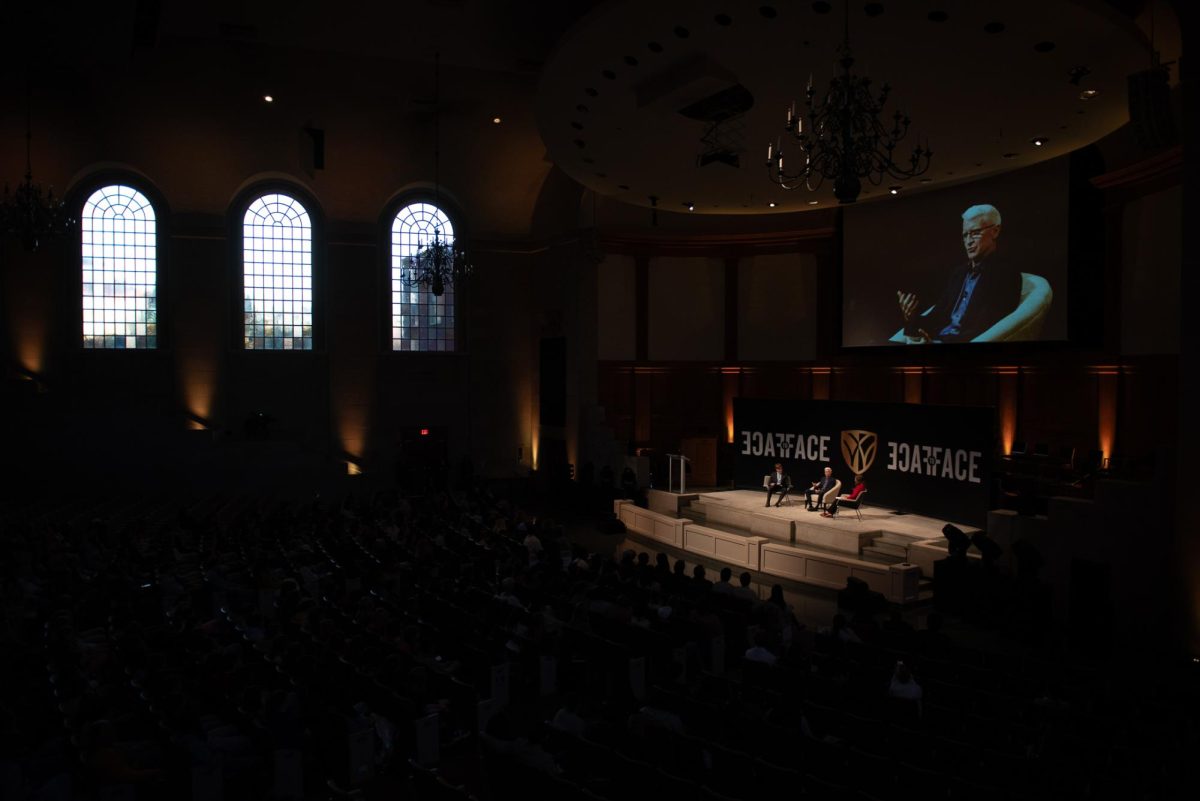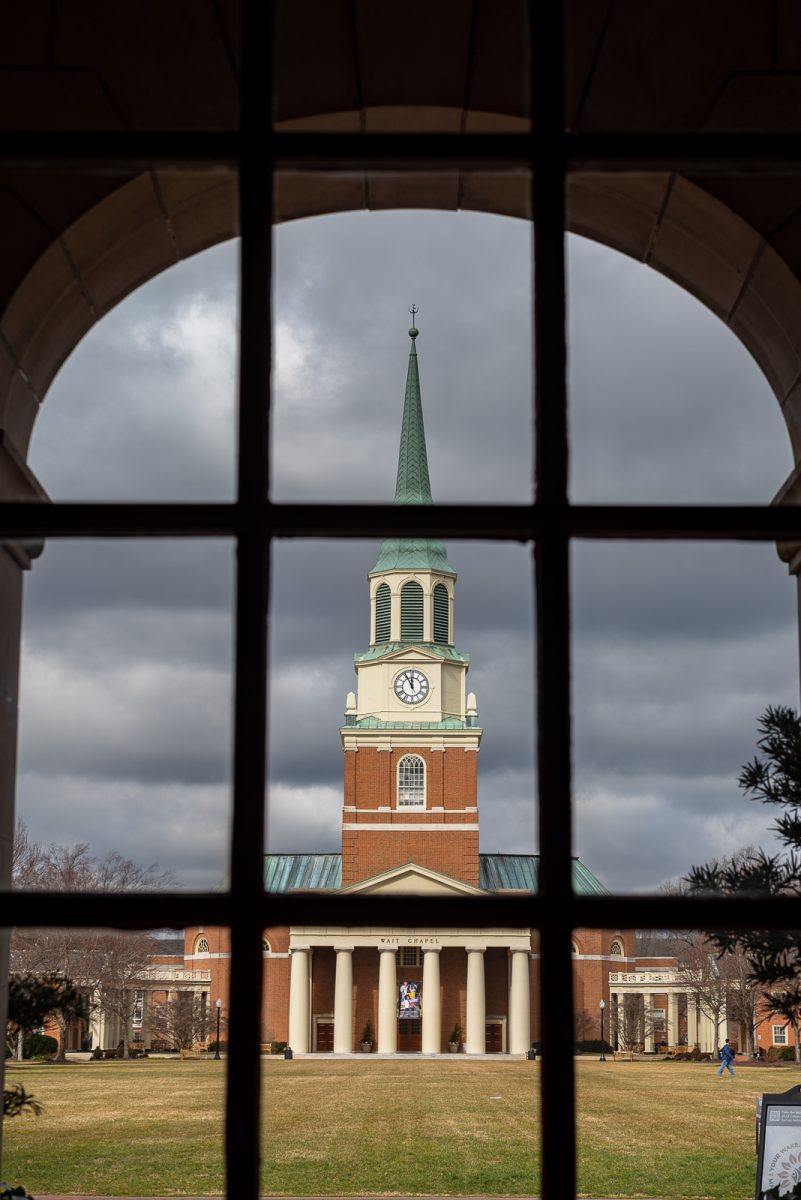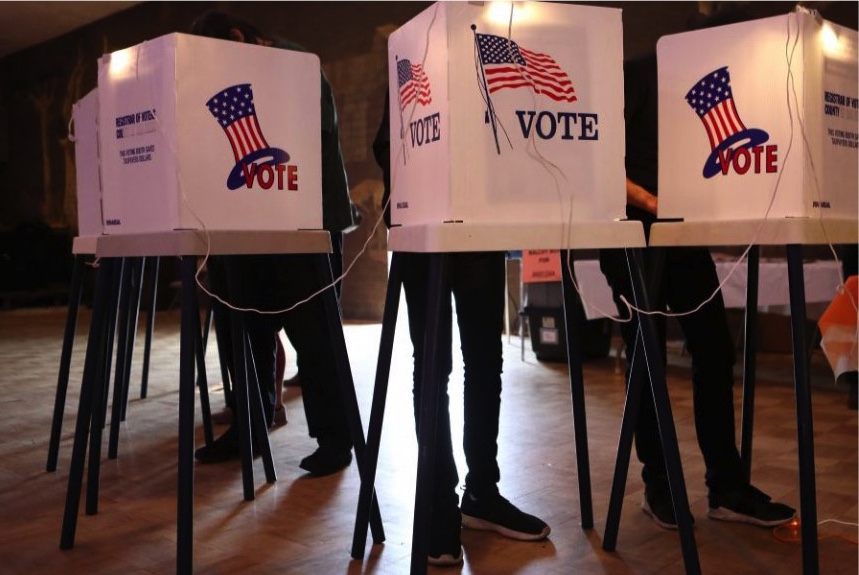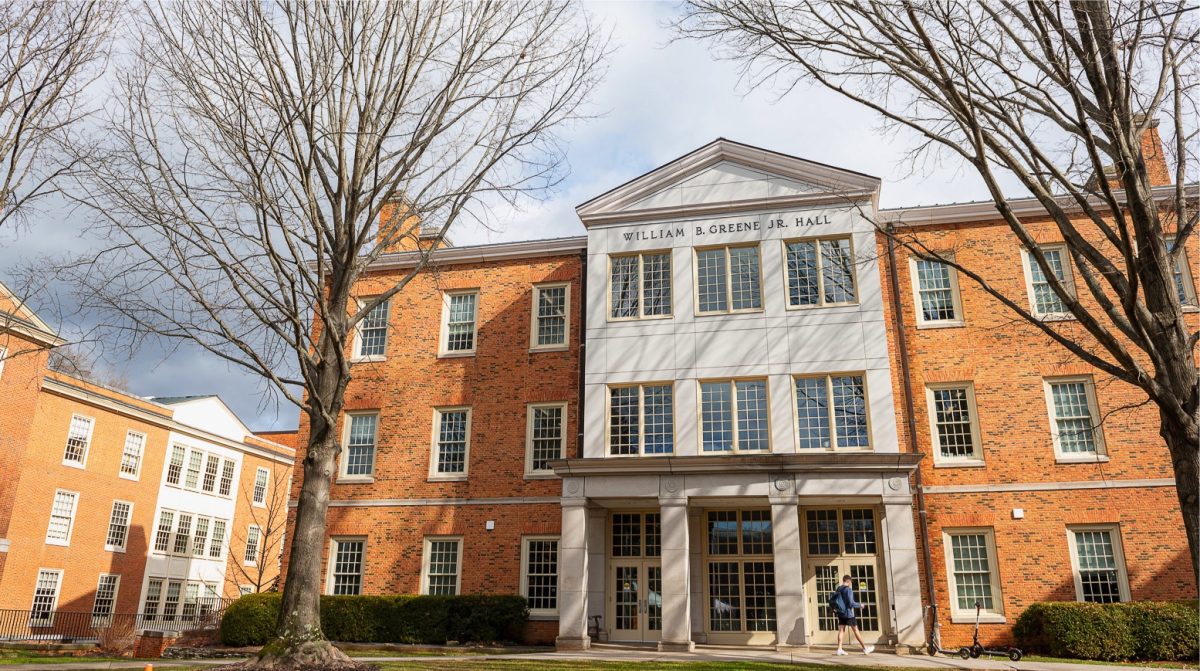Issues pertaining to the integrity of journalism were explored on Wednesday as Professor Dean Franco, head of the Humanities Institute, gathered Wake Forest journalism and English faculty to discuss their individual experience in their fields within journalism.
The symposium assessed the nature of journalism while addressing the nature of news media in its contemporary condition.
The symposium entitled “Journalism Under Attack: Is Democracy Really at Stake?” was prefaced by associate professor of history Jake Ruddiman’s explanation of the Sedition Act of 1798, a piece of U.S. legislation that sought to suppress the media’s capacity to portray the U.S. government or its war efforts negatively. It represents the use of news media as a “weapon of partisan warfare” throughout U.S. history, and reflects a past of journalistic fraudulency.
Newspapers have traditionally been politicized outlets of factionally-relevant information, as often times in the early years of U.S. news printing, the companies responsible for the production of newspapers relied financially on contracts to print governmental documents, thus barring political affiliation. Ruddiman said that the press has always been viewed as a tool of faction which politicians seek use of to a “partisan ends,” and as such what is often perceived as the recent advent of fake news is actually the contemporary manifest of a timeless issue.
The epidemic of fake news was addressed by Jordan Green, a faculty member in the journalism department and senior editor of the Triad City Beat, citing the recent perversion of the Antifa movement’s protests of white supremacist rallies. Antifa, a movement whose nomenclature refers to their anti-fascist stance, has been portrayed by news outlets as being violently disruptive of peaceful protests, and has dominated media coverage in recent weeks. However, the violence caused by Antifa protesters has been marginal, comparable to that of a rowdy sporting event. The provocative wardrobe and radical behavior of Antifa members becomes magnified against the otherwise peaceful demonstrations against white supremacy, when in fact their violence and membership reflect minute portions of the protests they attend.
The sensationalism of news coverage in pursuit of viewership and intrigue has corrupted the integrity of objective journalistic truth-telling, resulting in the prevarication of fact and the deception of the public. Green added that the presence of fake news was not addressed earlier by media outlets because it was considered “outside the bounds of acceptable discourse,” suggesting a necessary change in journalistic paradigm towards one unprejudiced by financial profit and thus impartial in its assessment of fact.
Maria Henson, a part-time lecturer in the field of journalism and Pulitzer Prize winner, described that journalism necessarily seeks but will never achieve a holistic objectivity, but nonetheless should strive for an “independent frame of mind” occupied by a “disinterested pursuit of truth.”
Although the inherent biases of profession and medium will never permit objectivity to its fullest extent, in observing a neutral stance and seeking neither to persuade or influence, journalism can be a powerful means of conveying information to citizens so that they may be “free and self-governing.” Henson added that journalism, like science, requires a “process of verification” to ensure its legitimacy and accuracy. When no such watchdog exists to monitor its integrity, media coverage may become mendacious and untrustworthy.
Sophomore Nikhil Raj found the cyclical nature of politics and news to be of particular solemnity, observing that “the news influences our politics and politics influences the news. There’s a duality in that.”
Duality is perhaps the antithesis of what journalism should pursue; a transparent and agenda-less communication of fact and truth with which the public may educate itself, thereby empowering its political and social decision-making.


